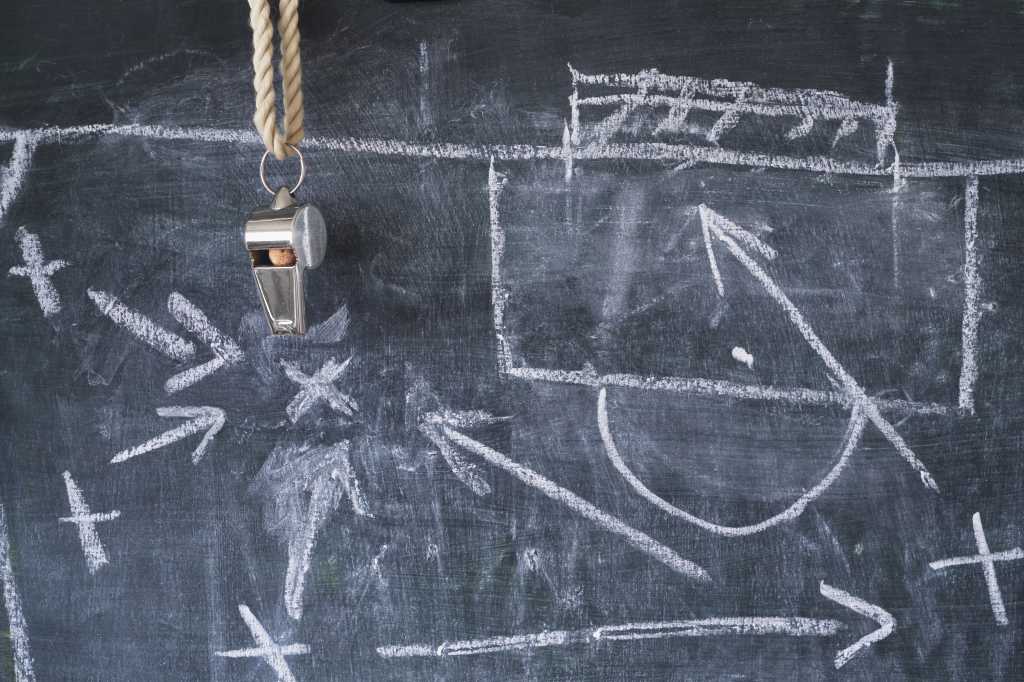Geopolitical tensions have risen across Northern Europe as two major fiber optic subsea cables serving Sweden, Germany, Lithuania, and Finland through the Baltic Sea were cut in what some fear is an act of sabotage by bad actors, with eyes toward Russia.
Europe’s security is threatened by Russia’s war against Ukraine and “hybrid warfare by malicious actors,” a joint statement from affected parties said, without naming the actors, according to a Bloomberg report.
“Safeguarding our shared critical infrastructure is vital to our security and the resilience of our societies,” Germany and Finland said. If sabotage by bad actors is the cause, the cuts this week and year represent a new form of waging hostilities in a world with many geopolitical hot areas.
The Year of Big Subsea Cable Cuts?
The Baltic Sea is a commercial shipping route. Nine countries, including Russia, ring the sea. “It is absolutely central that it is clarified why we currently have two cables in the Baltic Sea that are not working,” Carl-Oskar Bohlin, Sweden’s minister of civil defense, told a Swedish public broadcaster, according to Bloomberg. This isn’t the first major concern for the region, as a series of underwater explosions rendered parts of the Nord Stream pipeline for gas inactive in 2022. The pipelines connect Europe and Russia.
Related:Tonga Volcano Highlights Global Undersea Cable Network Fragility
This year alone has seen three cables cut off Yemen in the Red Sea that have taken many months to repair, followed by subsea cable cuts off Western Africa and in the South China Sea – all under suspicious circumstances, helping elevate concerns of intentional sabotage, not typical causes of anchor dragging and fishing operations.
Though depriving countries and movements of the ability to communicate dates far back, cutting cables to attack mission-critical data represents higher stakes since undersea cables between continents carry 99% of internet traffic between countries. Additionally, $10 trillion of financial transactions flow over them per day, according to Telegeography.
This growing situation has businesses desperately seeking network resiliency and clamoring for always-on-network services as their data centers and apps demand maximum uptime.
Subsea Cable Restoration: Steep Post-cut Challenges
Further worsening damage and cuts to subsea fiber cables are longer times and higher costs to repair the damage to infrastructure in hot zones with cables lying on the ocean floor. Special repair ships must get to the area if they can secure permits and approvals. The cuts off Yemen took at least six months to repair, and the ability to reroute traffic onto diverse routes is limited but increasing given the high stakes this year alone.
It is unclear how long it will take to repair the damage to the subsea cables and how the cable operators are handling data that flows through the subsea lines in the interim.
With the U.N. estimating 150-200 cable faults annually, operators need all the help they can get and are looking skyward to satellite-based communications services as a backup for damaged or cut terrestrial services.
[ad_2]
Source link



